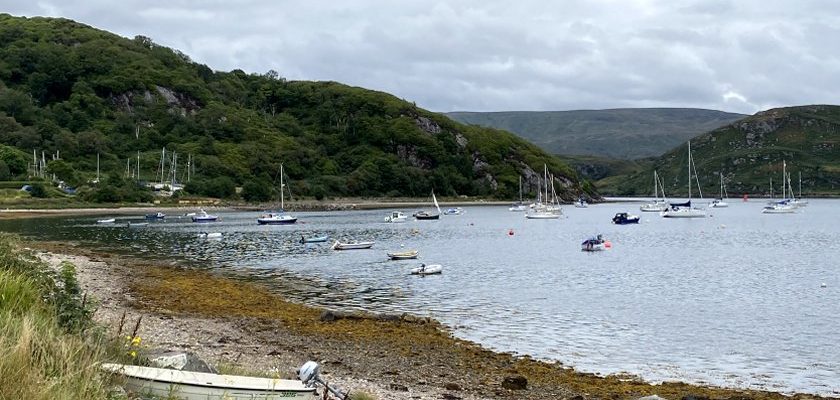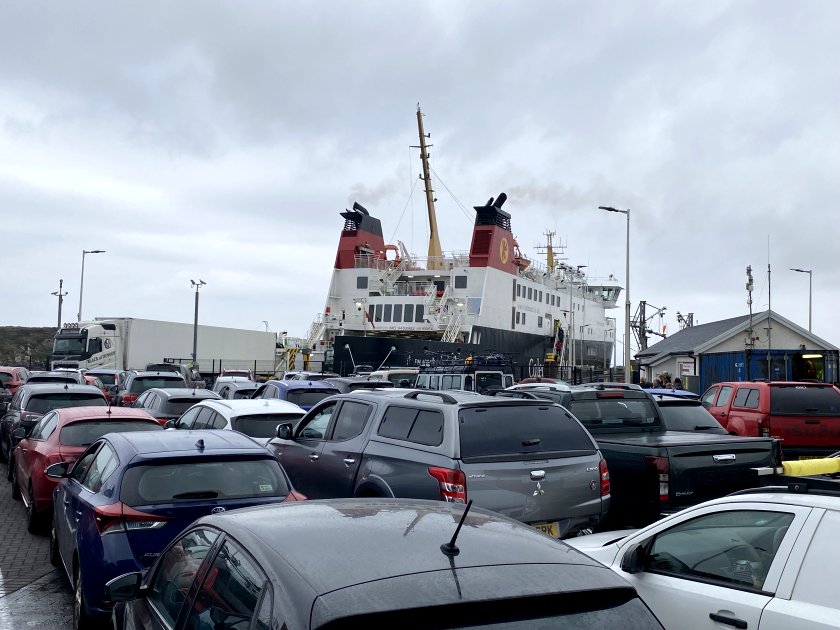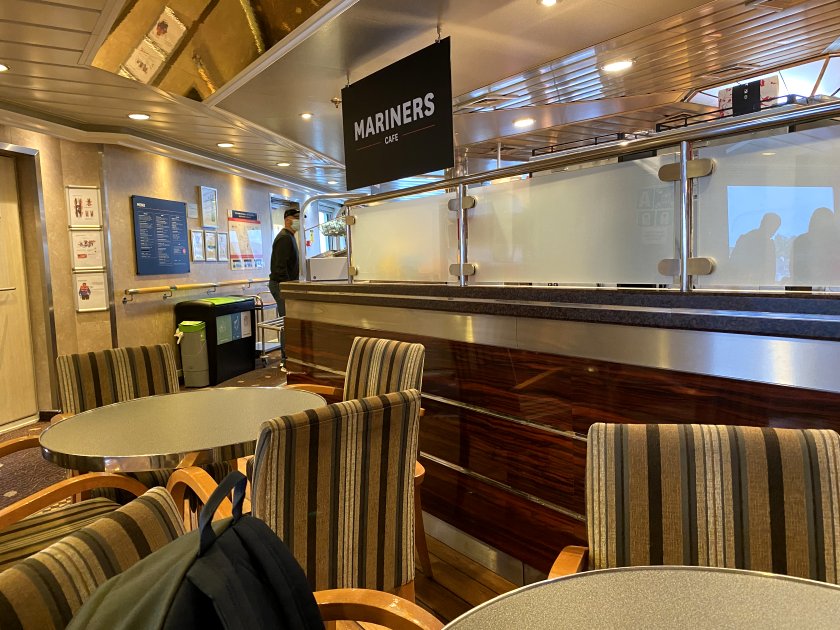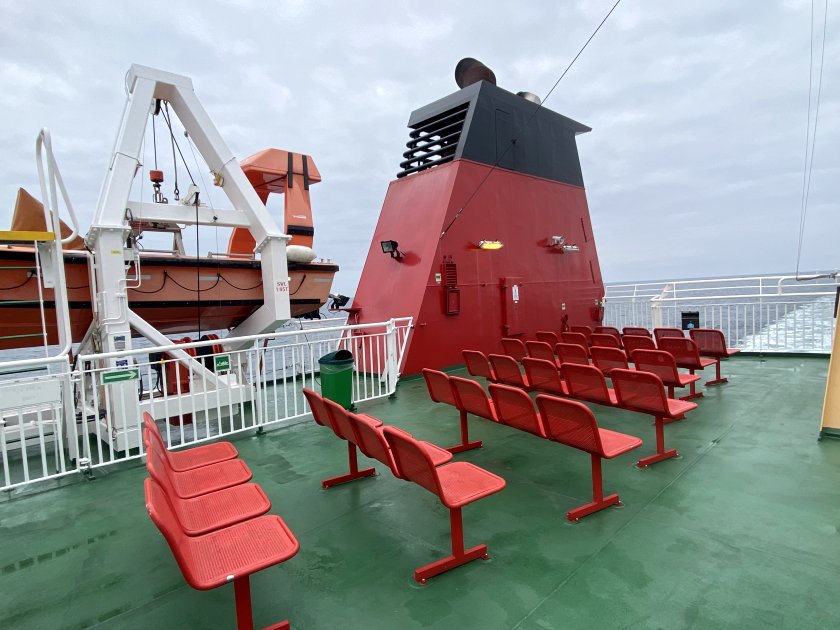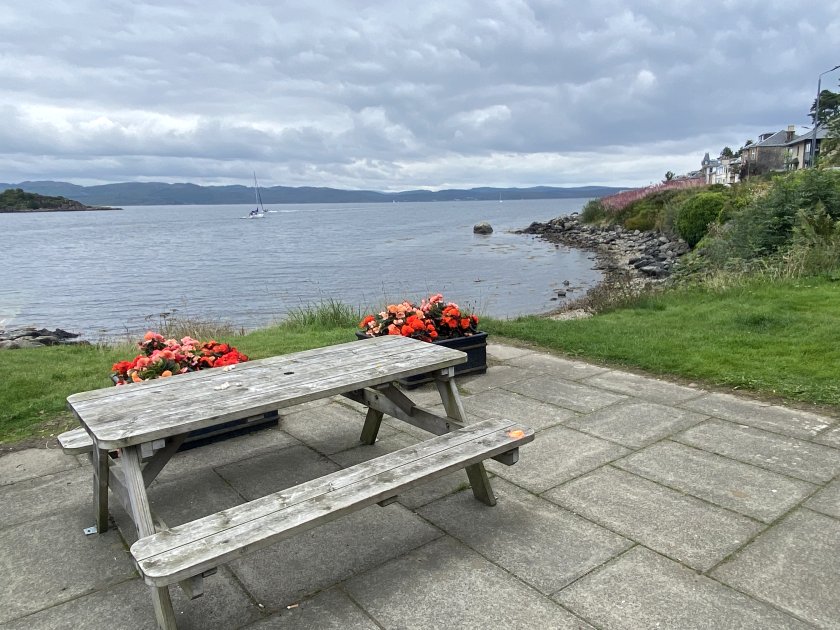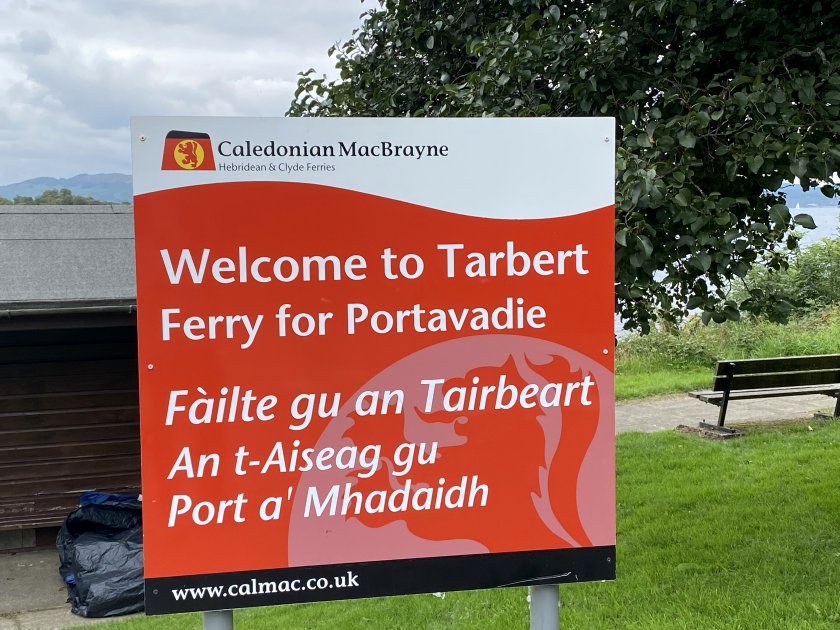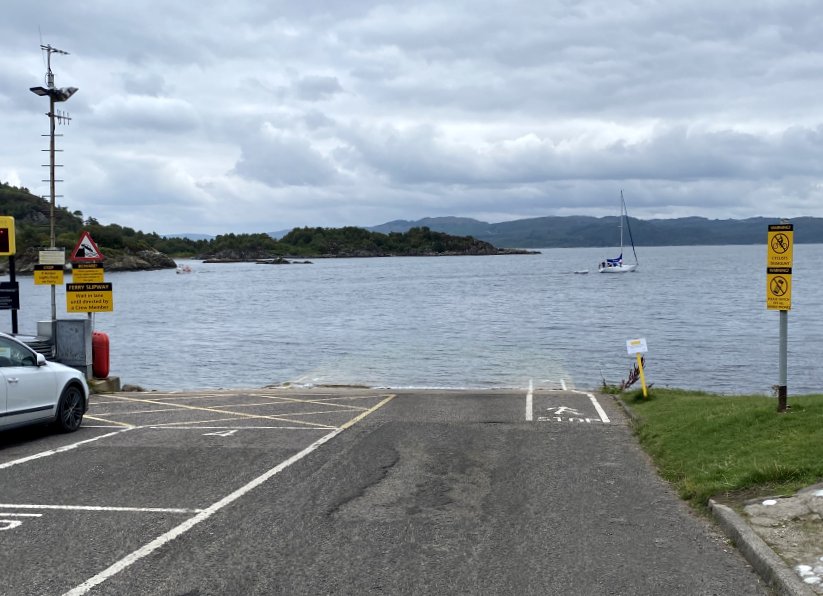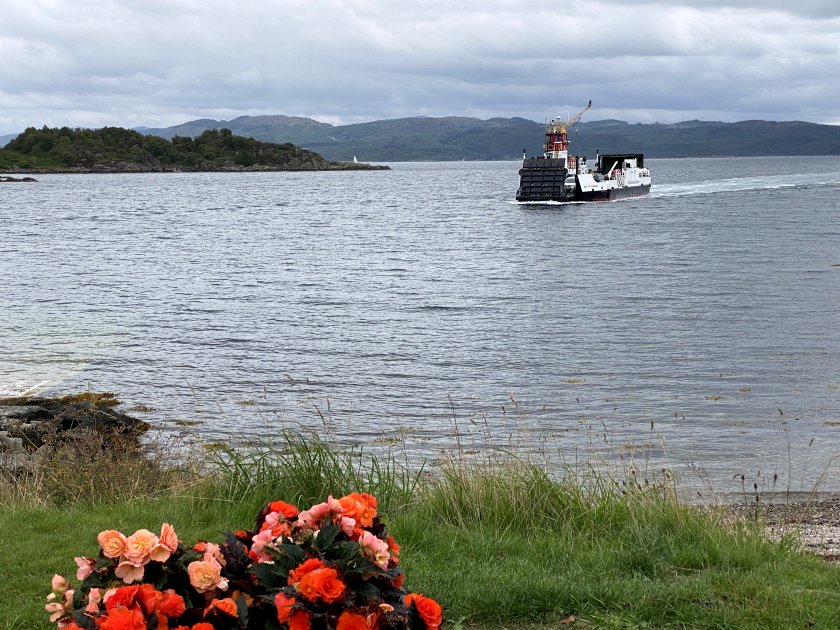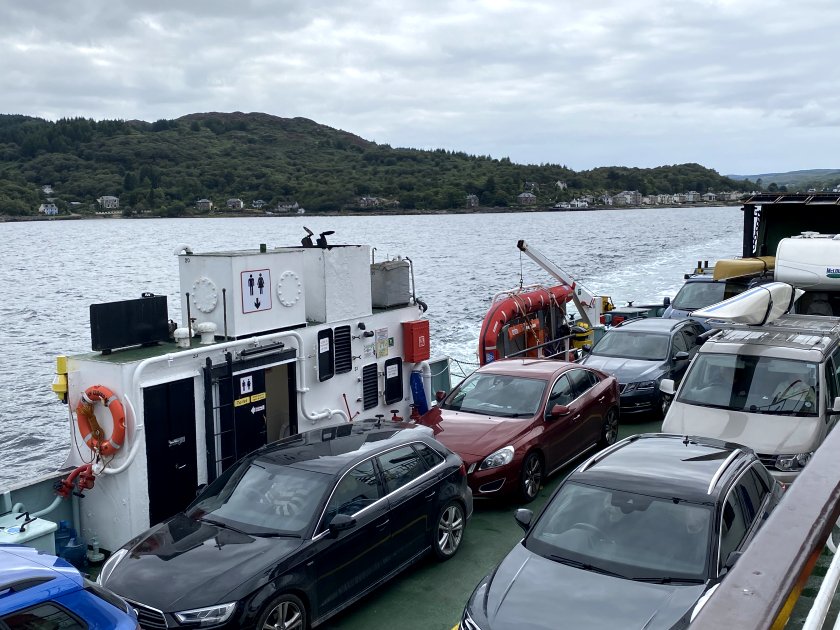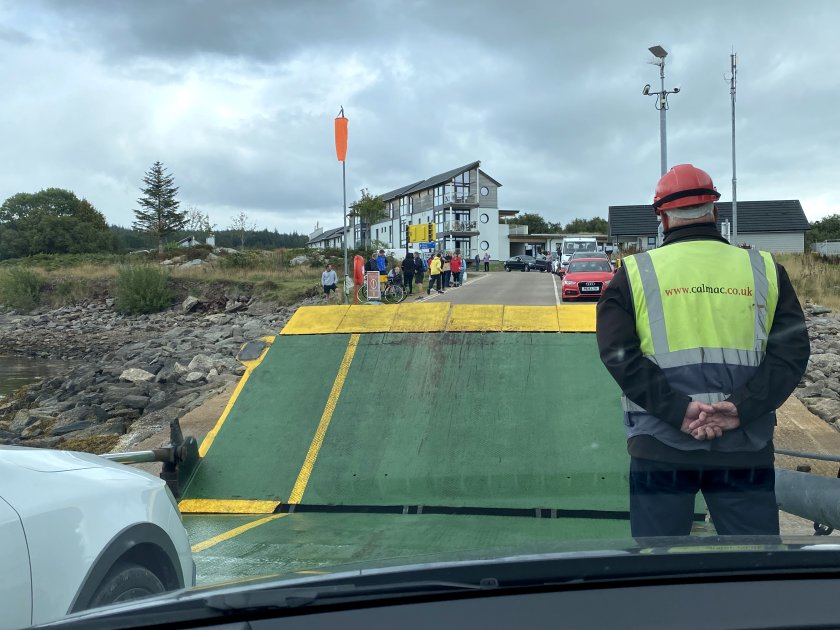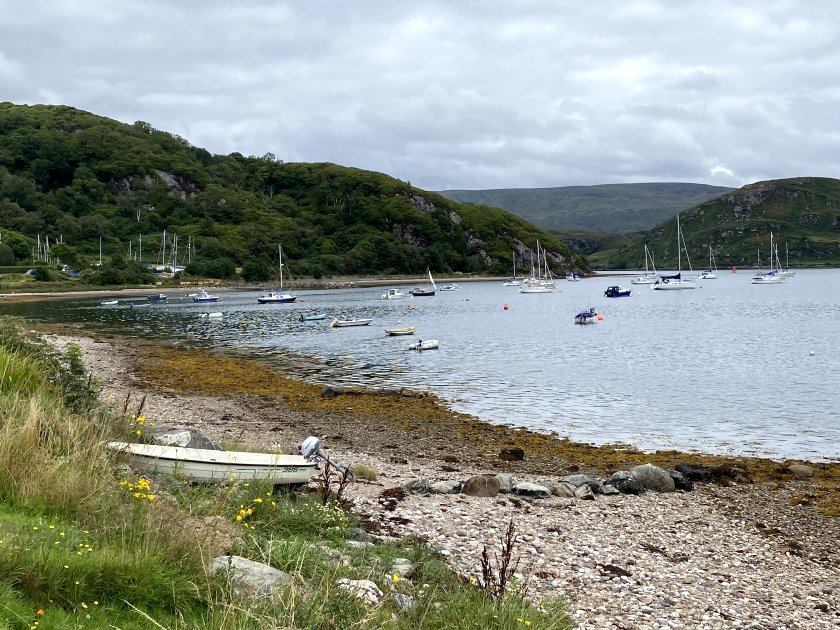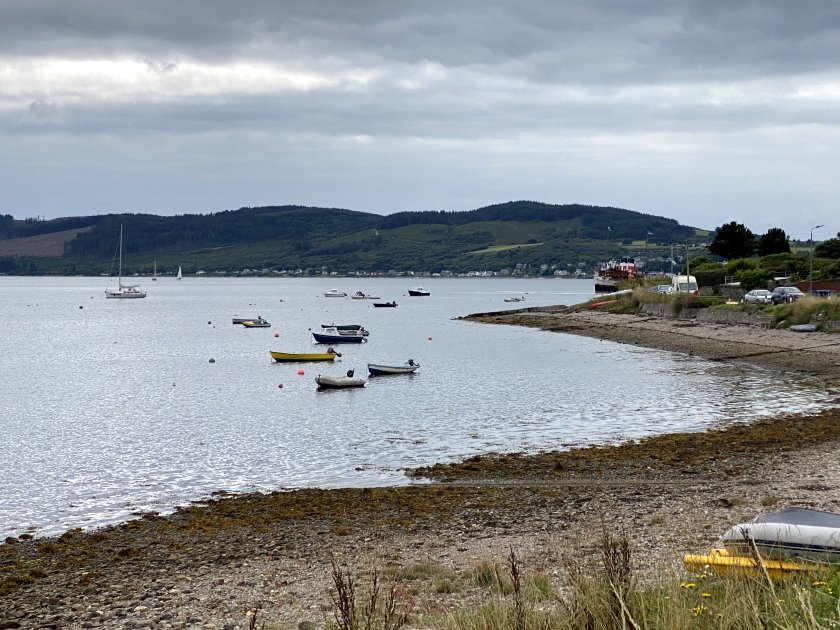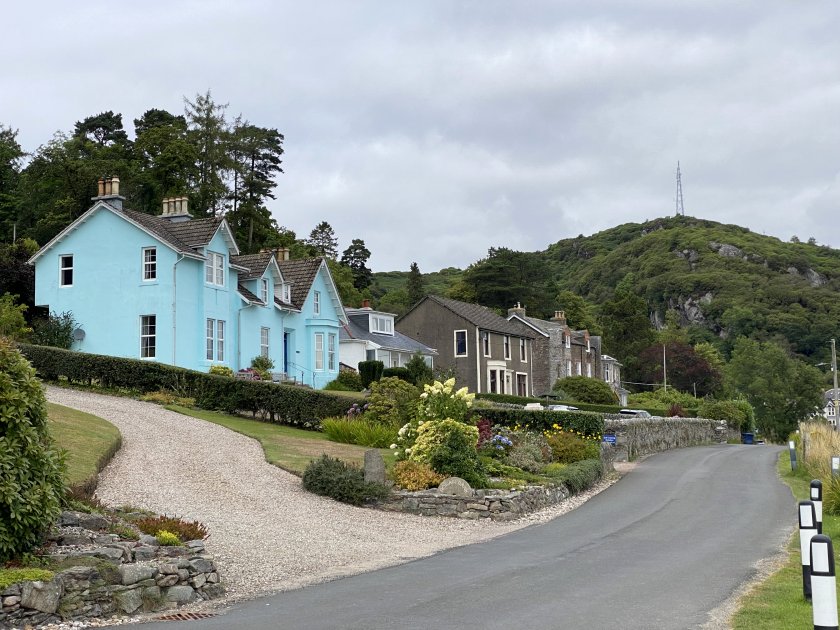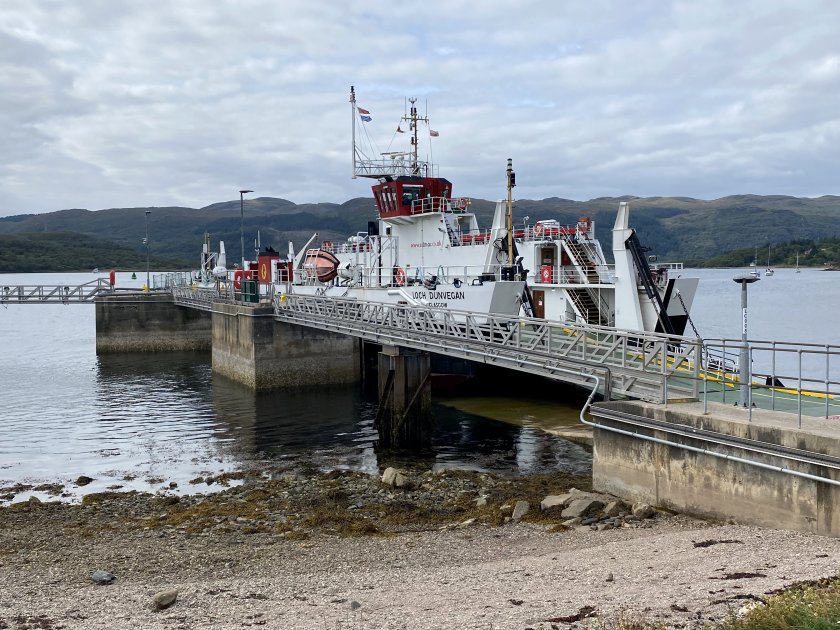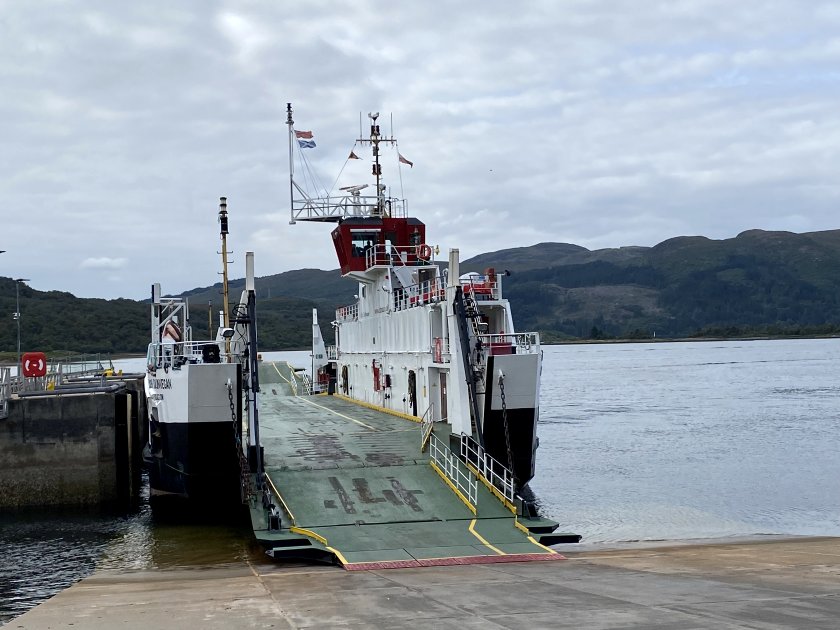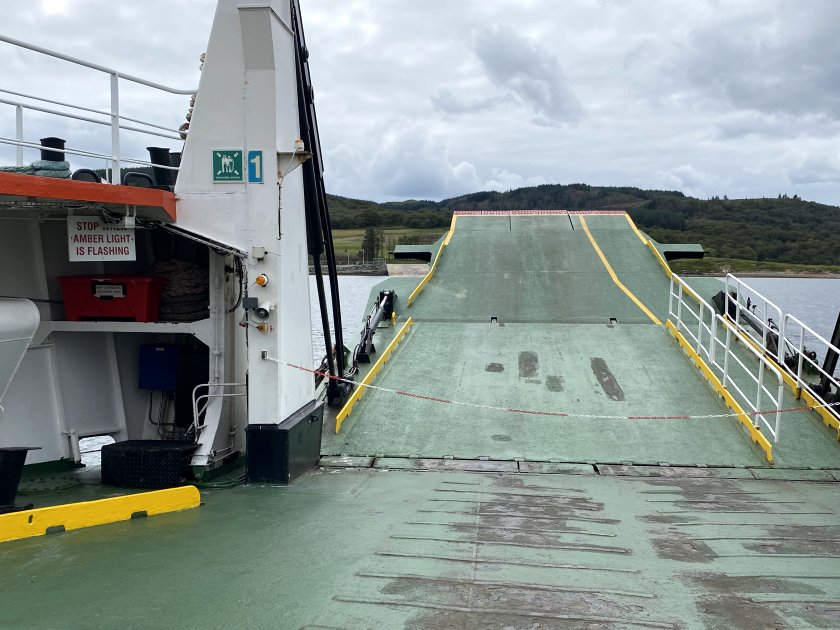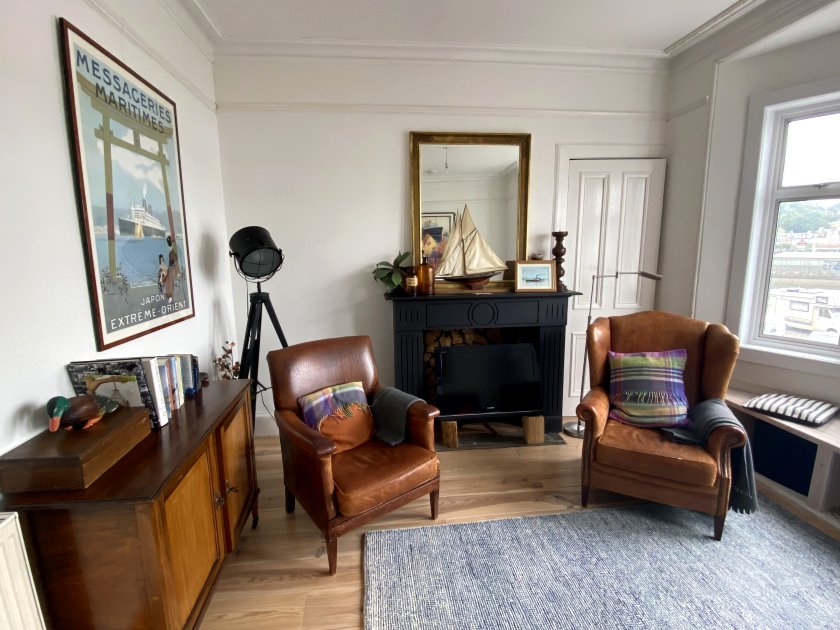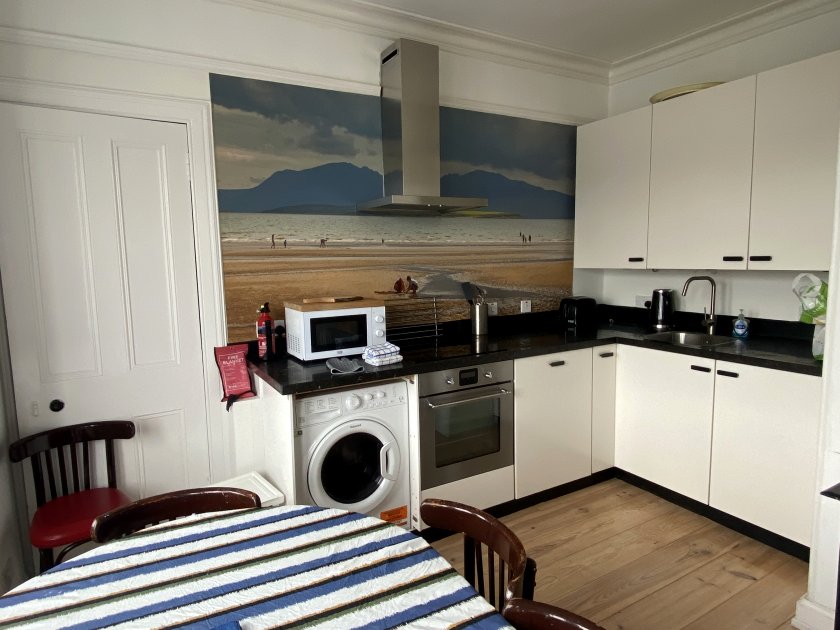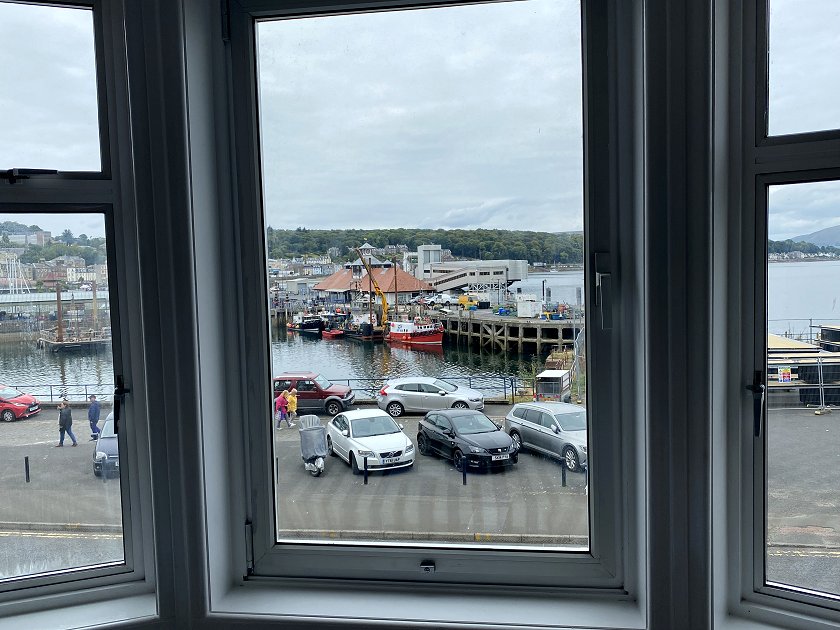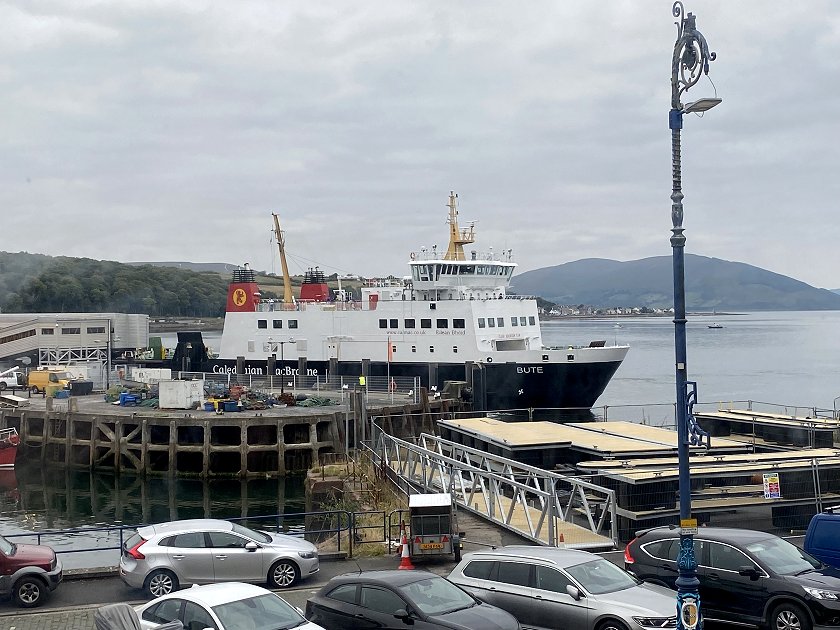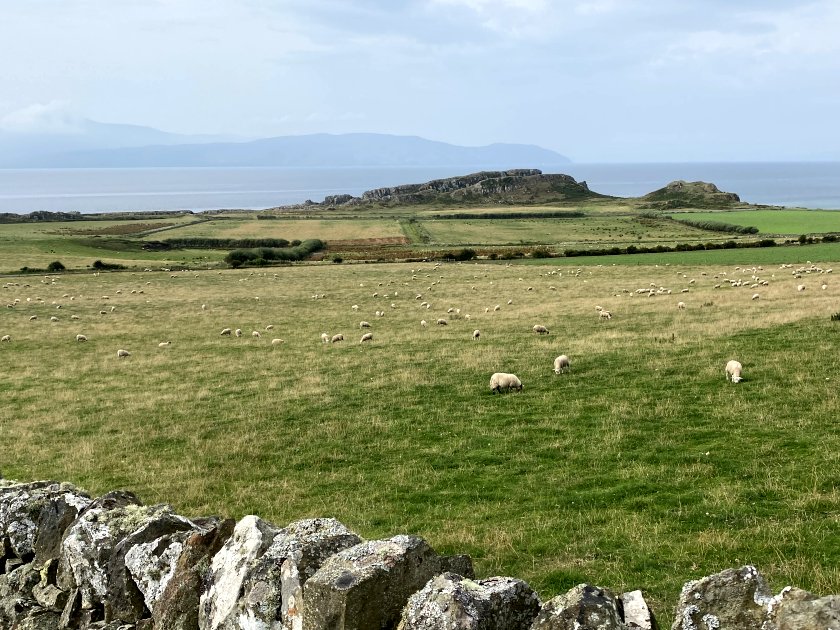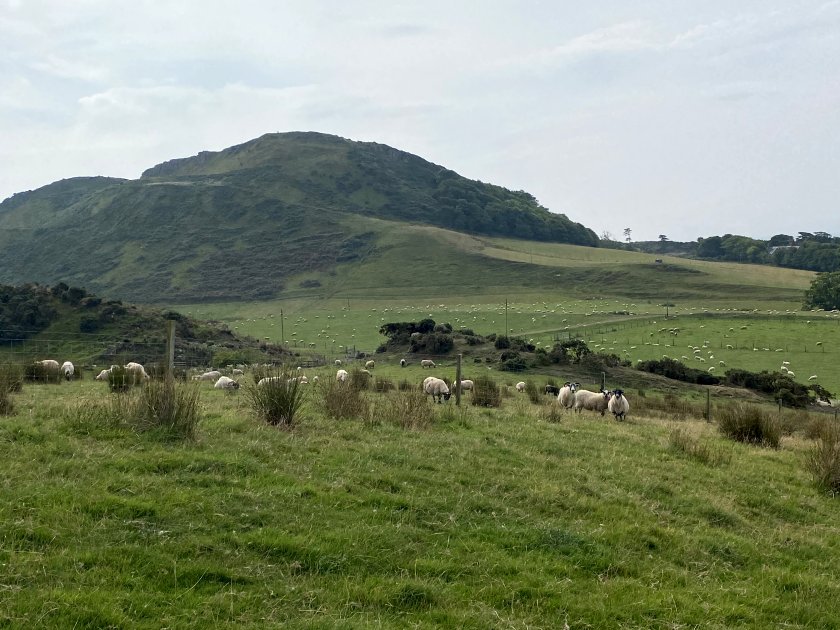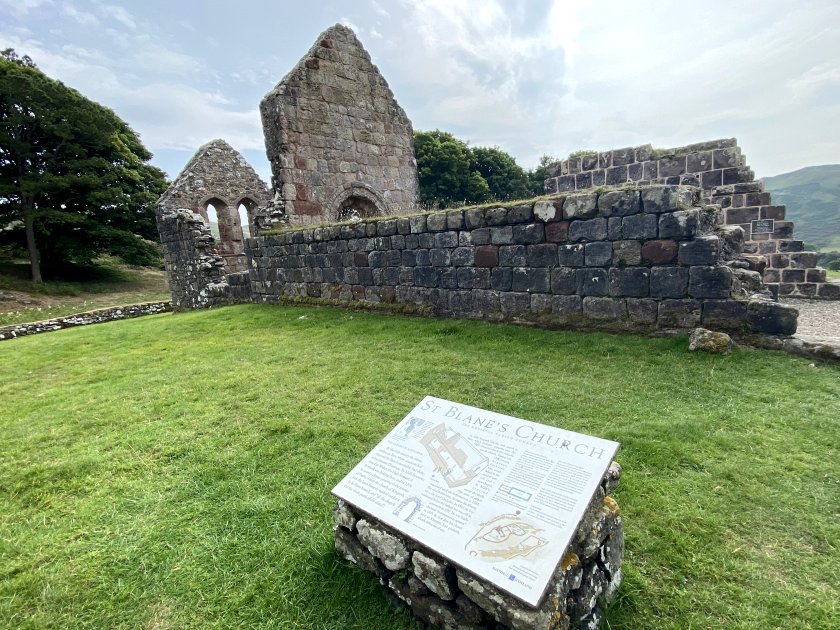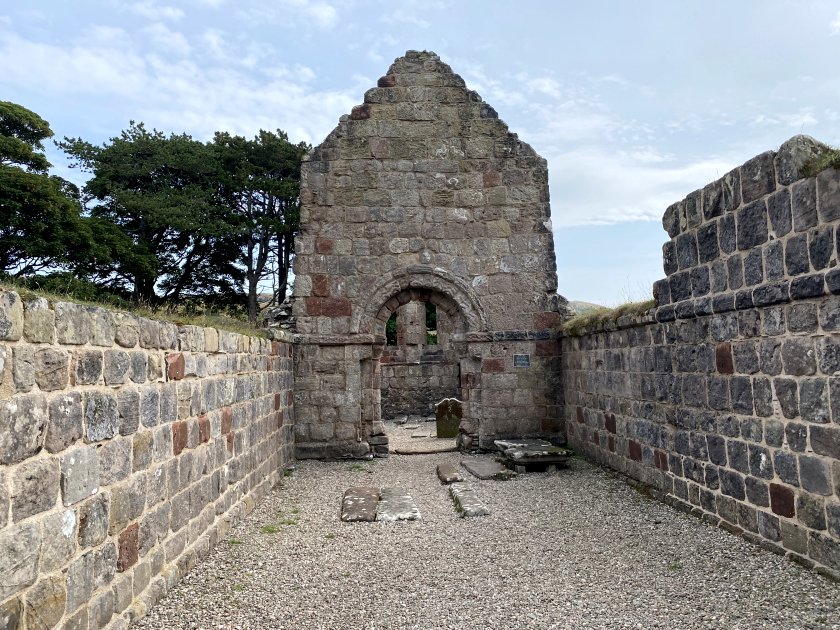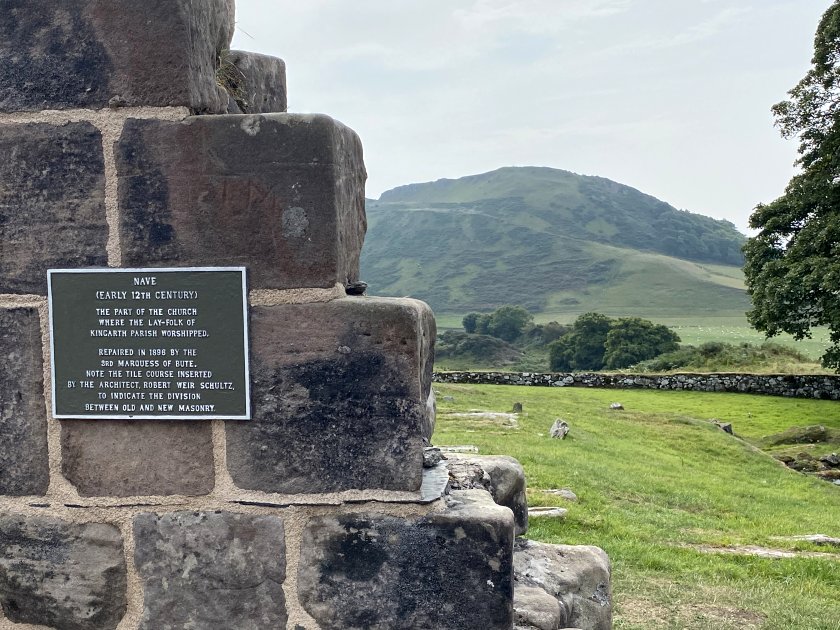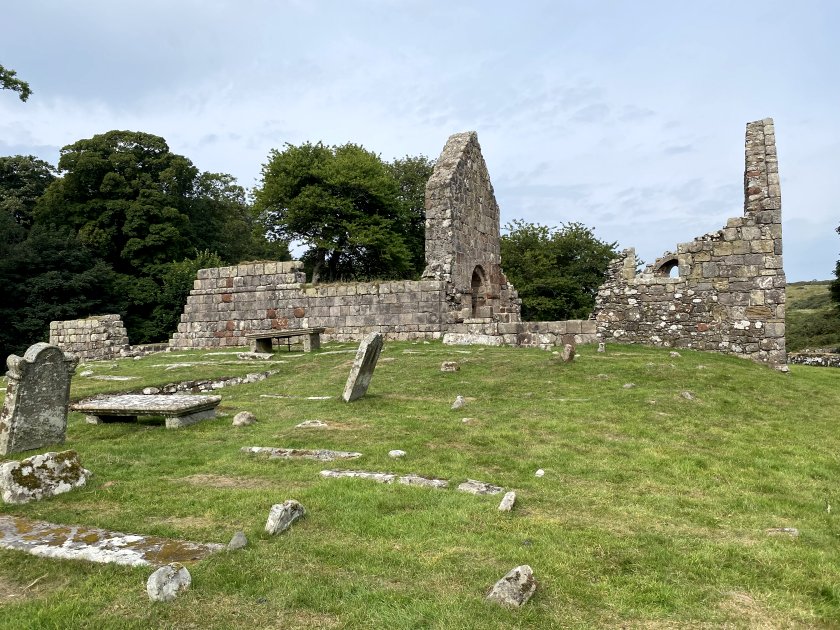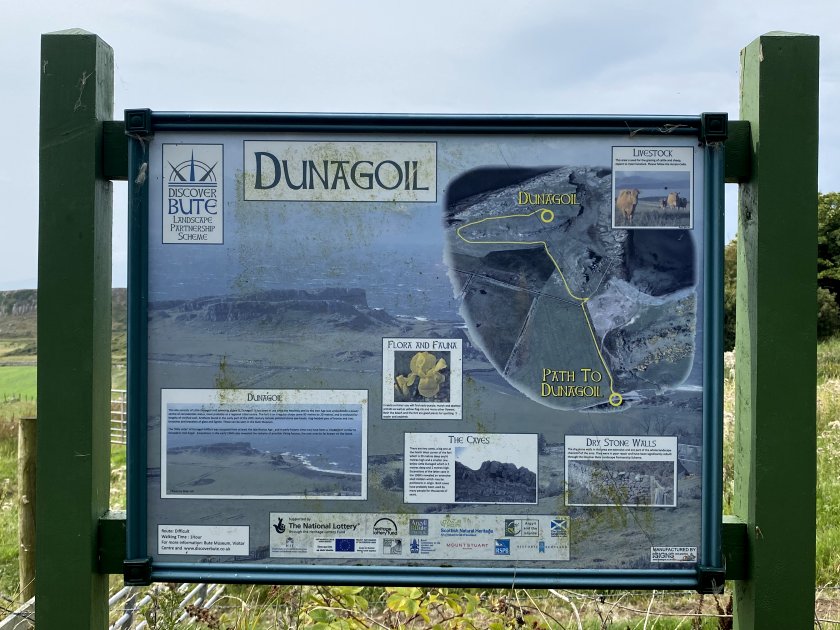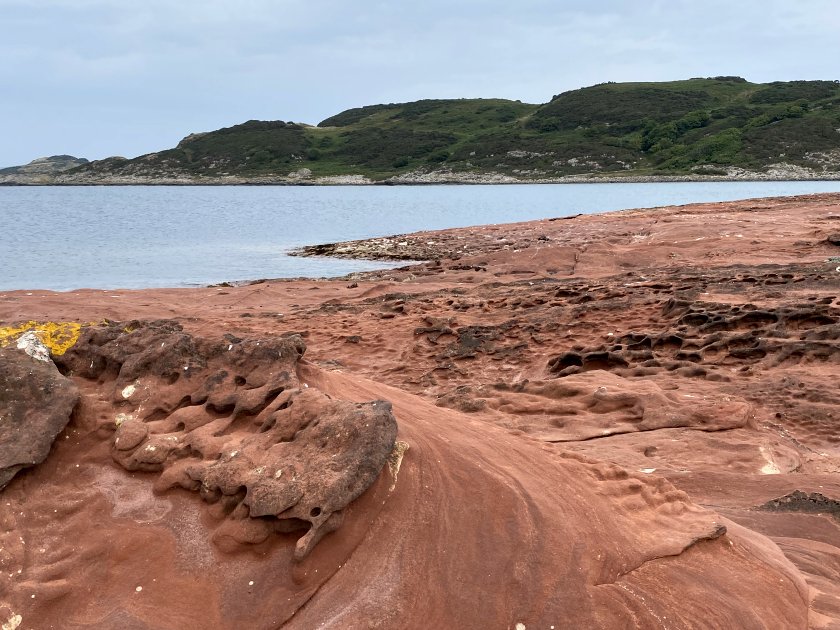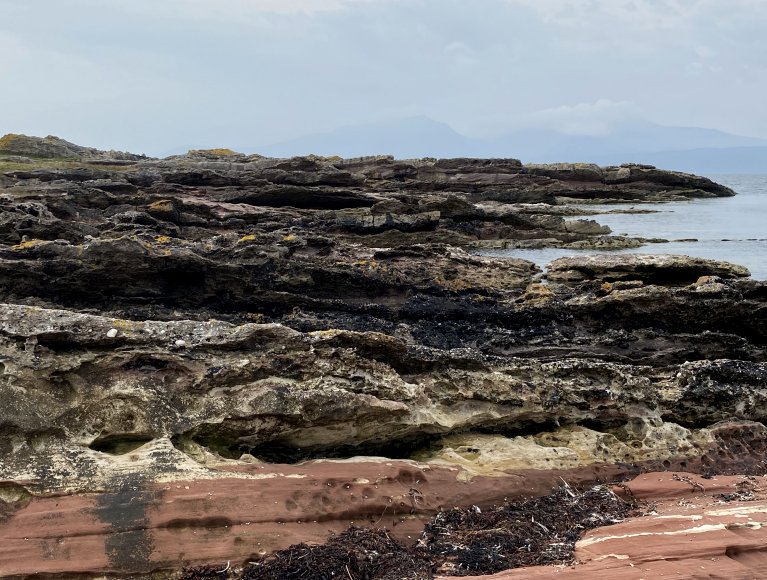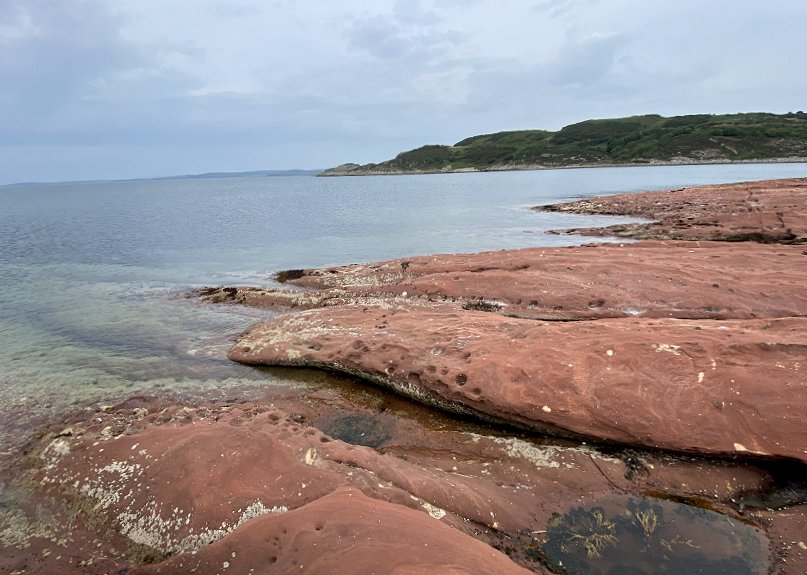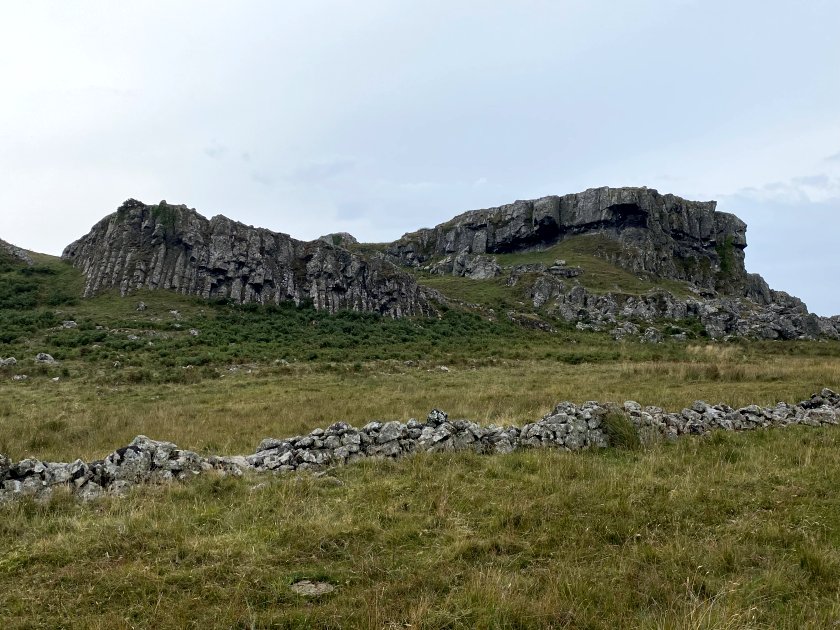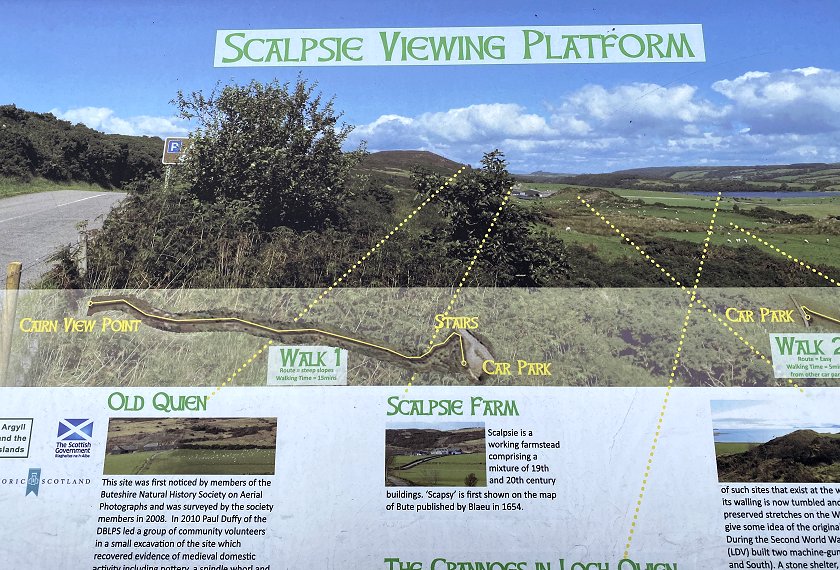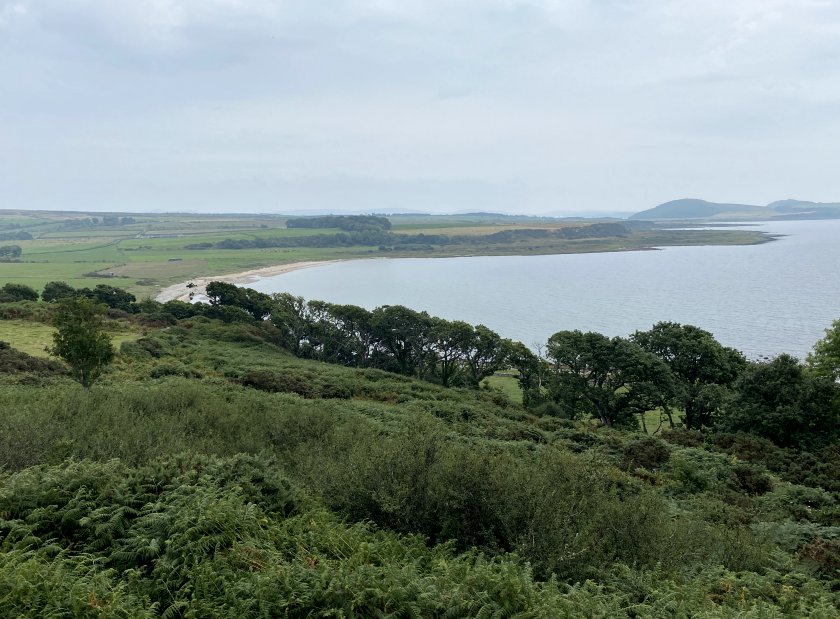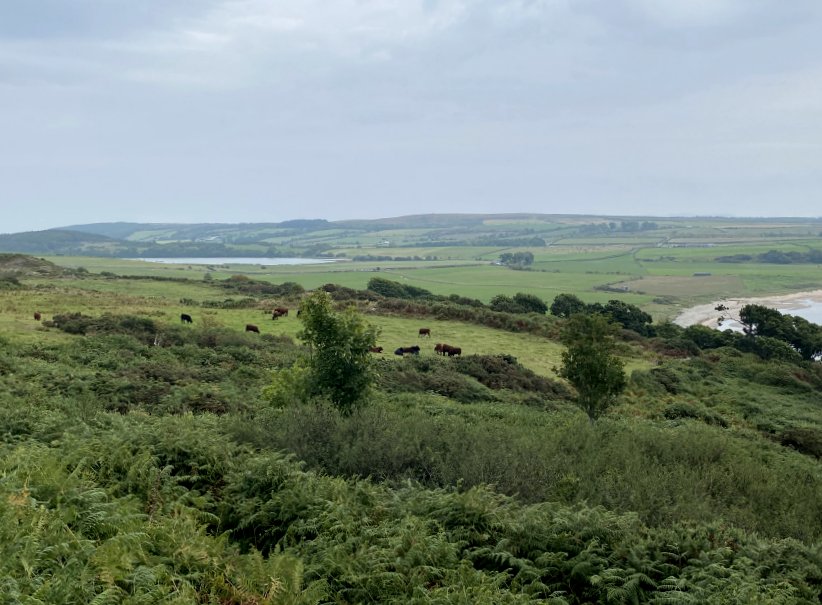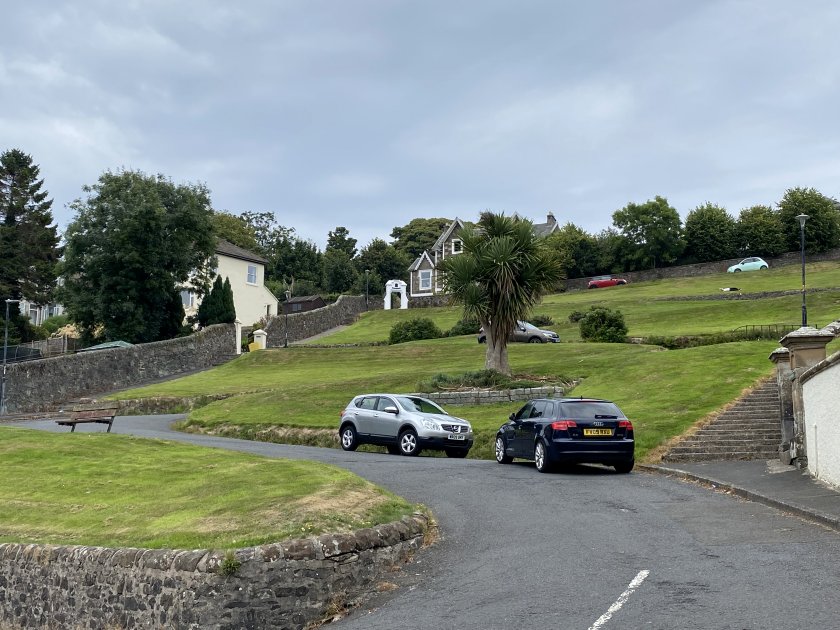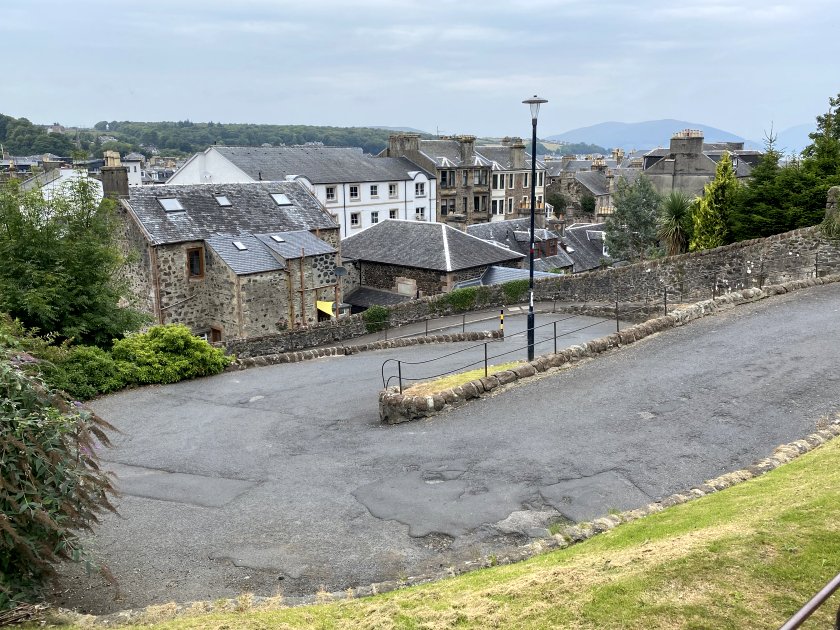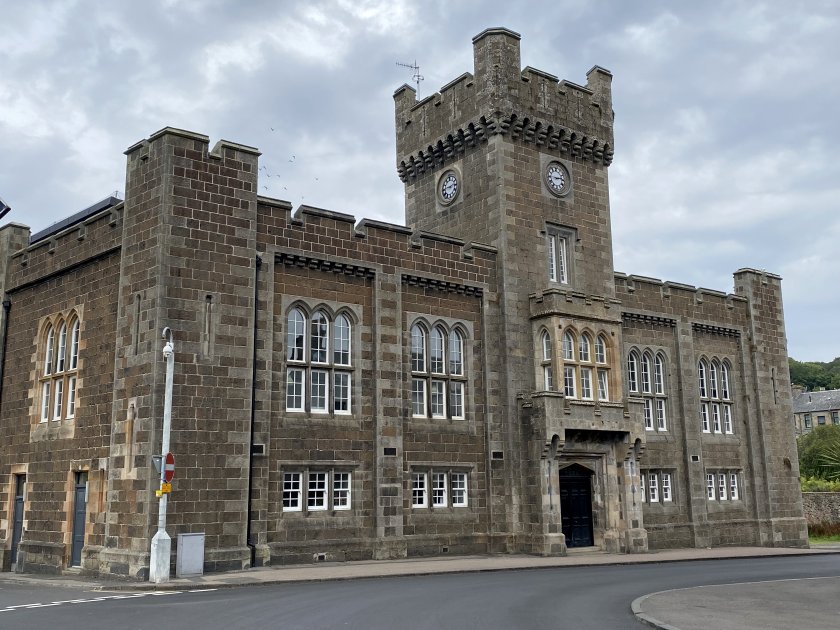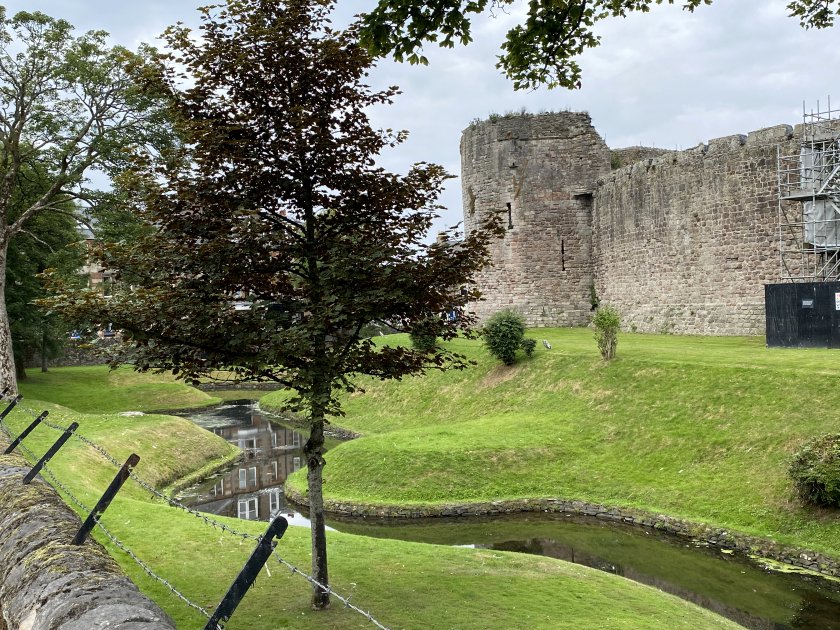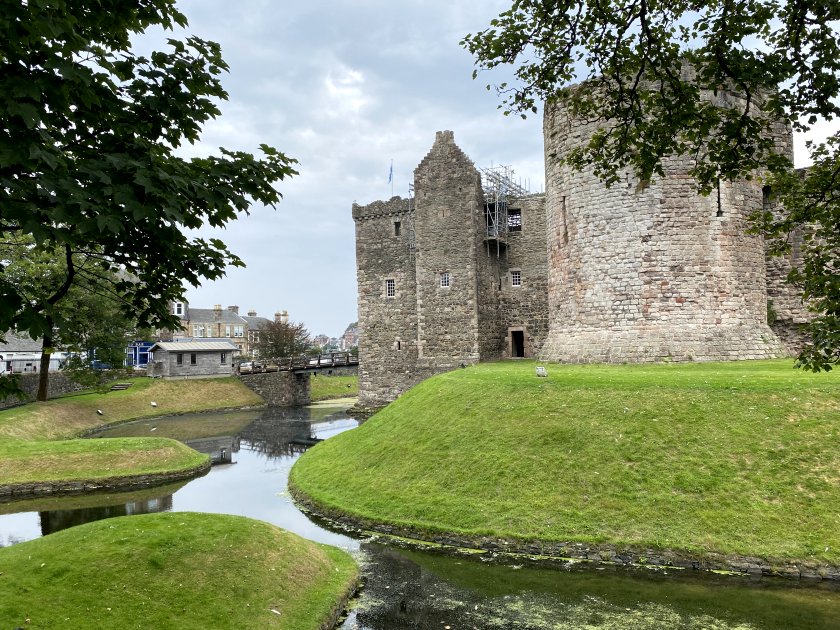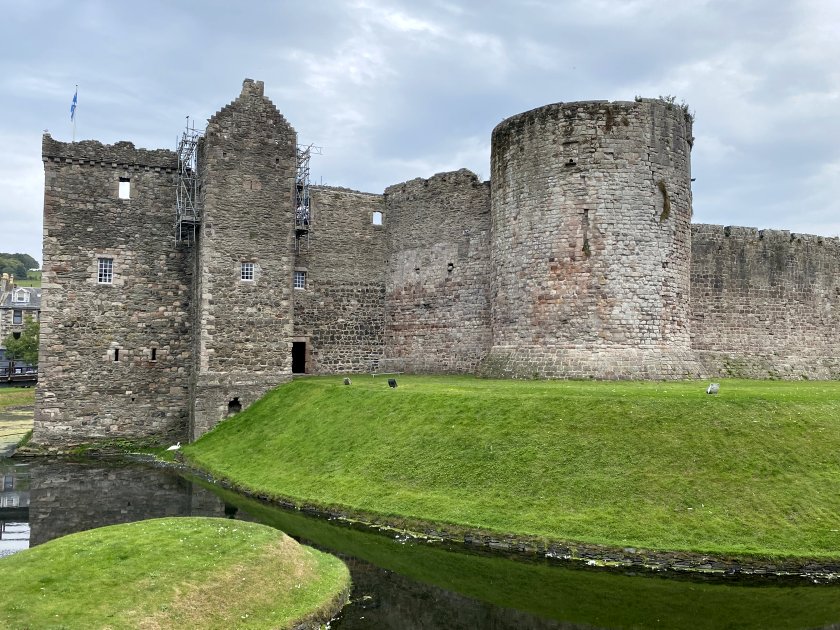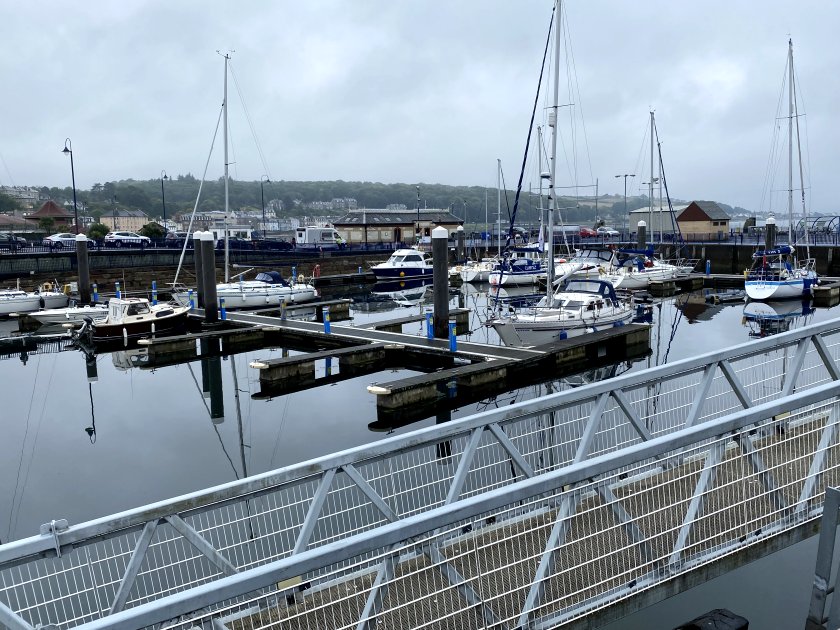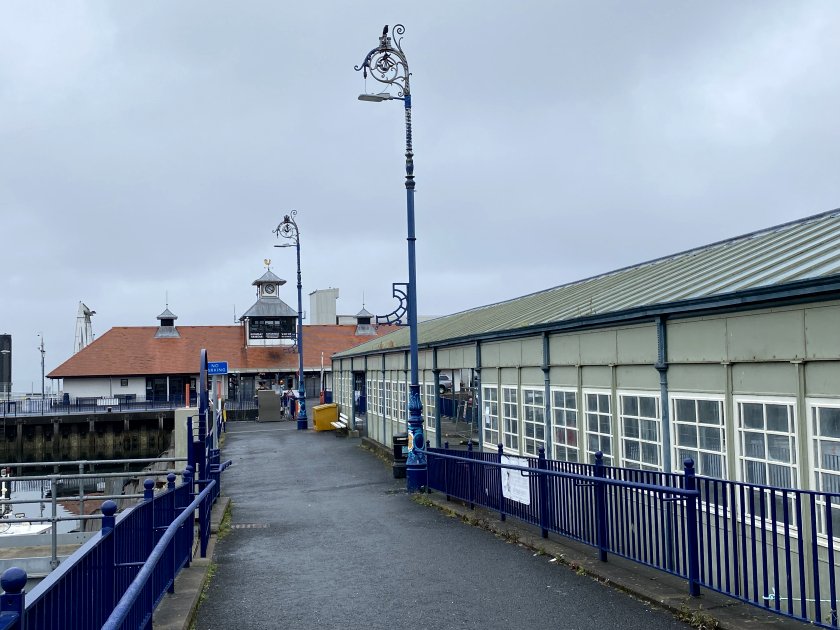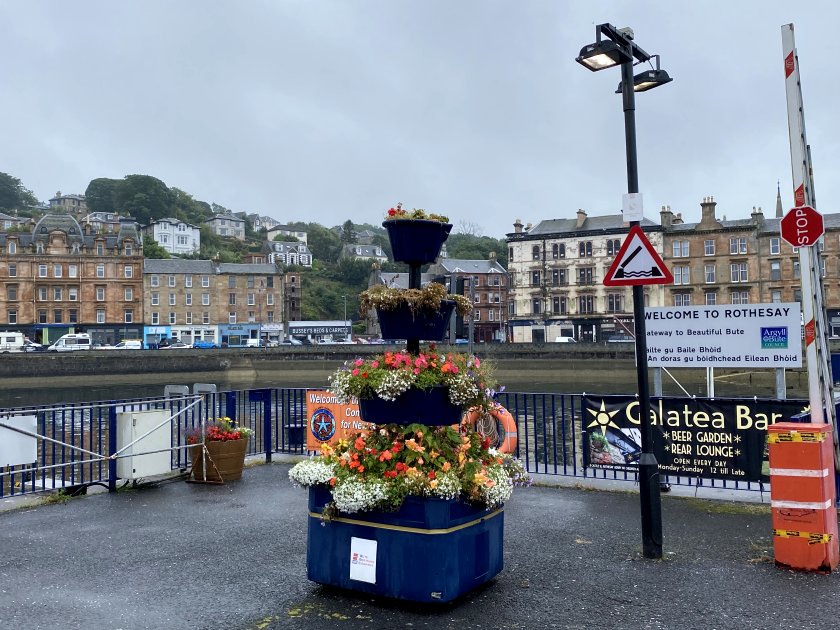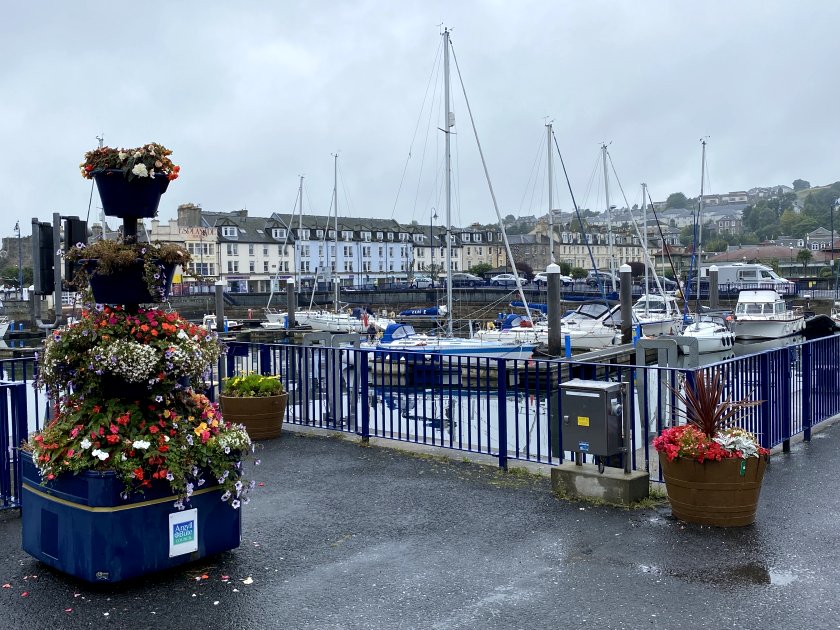Introduction
This is the sixth of seven posts covering our Island-Hopping Whisky Trail trip in August/September 2021.
| 5 | Isle of Jura |
| 6 | Cowal Peninsula & Isle of Bute |
| 7 | Wemyss Bay & Largs |
To Cowal, via Kintyre
The day we left Islay was better known to me as our ‘three ferries day’. The first of these was the direct Port Ellen – Kennacraig route, once again operated by the very presentable MV Finlaggan. Our second brief visit to Kintyre consisted solely of a three-mile drive from West Loch Tarbert to East Loch Tarbert, where we joined MV Isle of Cumbrae on the Tarbert – Portavadie passage across Loch Fyne.
Landing on the Cowal Peninsula, we drove the short distance to the attractive village of Tighnabruaich (“tie-na-BREW-ich”), which is situated on one of the two narrow waterways collectively known as the Kyles (straits) of Bute. We had a serendipitous encounter with PS Waverley, the world’s last sea-going paddle steamer, which was operating a classic day trip on her home territory of the Firth of Clyde.
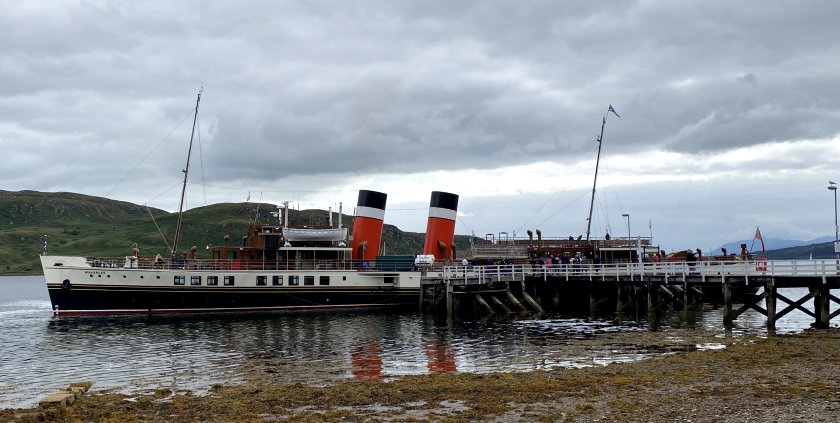

The third and last ferry of the day was on the Colintraive – Rhubodach route, sometimes called the ‘back door’ to Bute. Once on the island, we had an easy run to its principal town, Rothesay.
Rural Bute
Our main purpose in visiting Bute had been to see Mount Stuart House, a magnificent country house on the island’s east coast that would have been new territory for both of us. Sadly, our visit was cancelled at short notice due to a Covid outbreak, leaving us to re-plan our time on the island. We therefore devised a circular tour taking in the ruined St Blane’s Church, unusual landforms at Dunagoil (named from the same Gaelic root as Ireland’s Donegal) and panoramic scenes from the Scalpsie viewpoint.
Rothesay
With a population of nearly 4,500, Rothesay is Bute’s main settlement. In its heyday, it was a hugely popular resort town with visitors coming principally from Glasgow, either using the Wemyss Bay ferry or by direct steamer from the city itself. This practice was already in decline by the 1960s, coinciding with growth in both car ownership and the availability of affordable package holidays to warmer, sunnier climes. The decline has affected traditional seaside resorts all over Britain, and some have coped better than others. I hate to say it, but Rothesay gave the appearance of being one of the strugglers.
Here’s an interesting piece of trivia: the heir to the British throne is referred to by the title Duke of Rothesay (rather than Prince of Wales) when carrying out official duties in Scotland. Occasional banners bearing the greeting Welcome to Royal Rothesay looked a bit sad when seen against the backdrop of the town’s comprehensively faded former glory.

